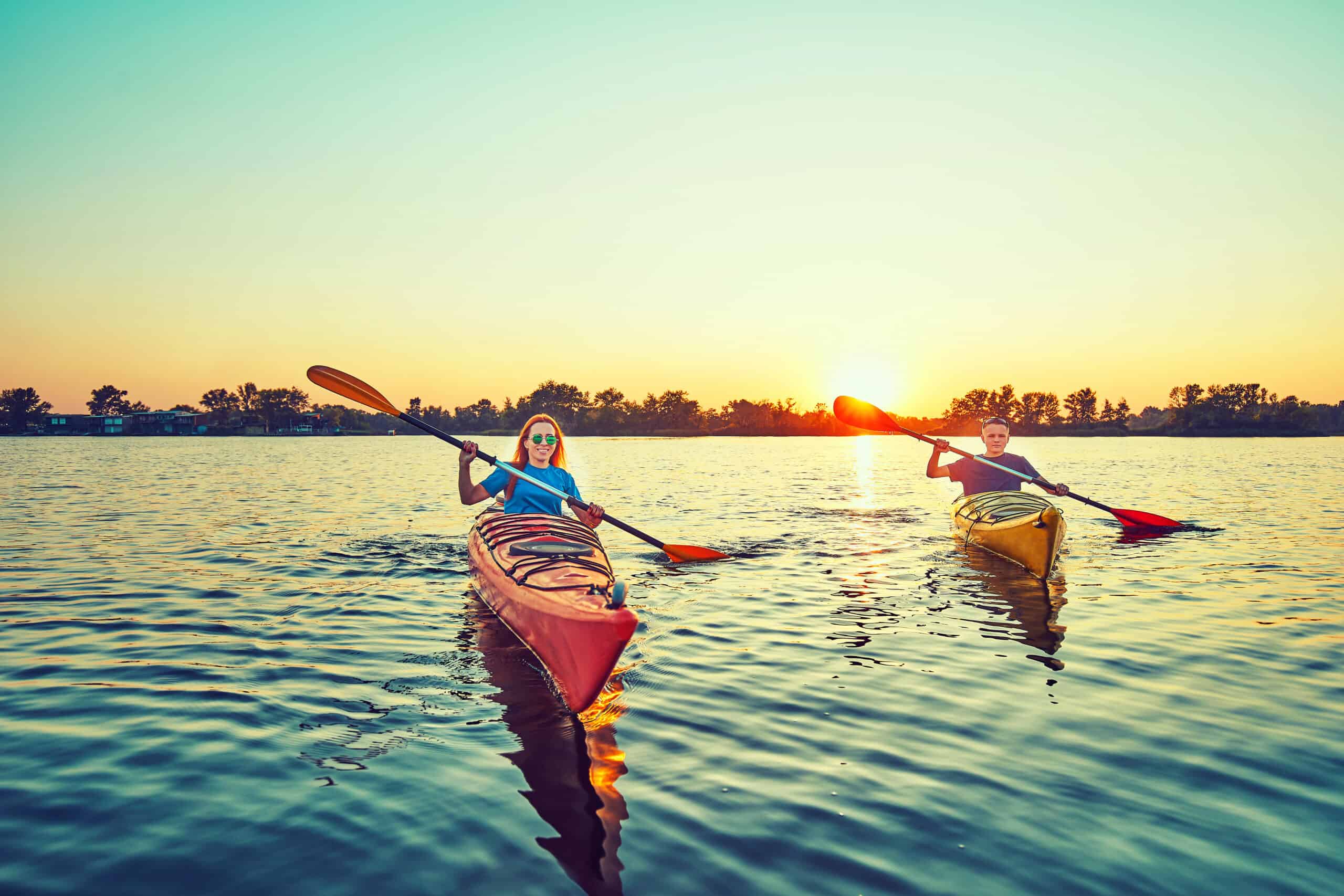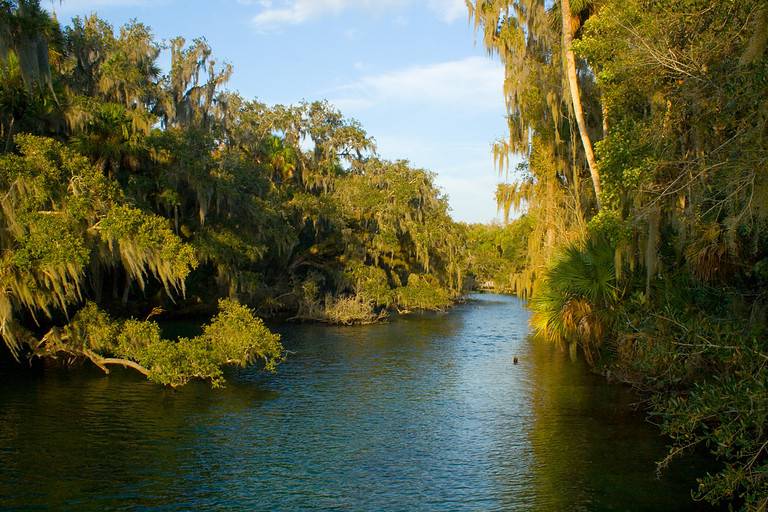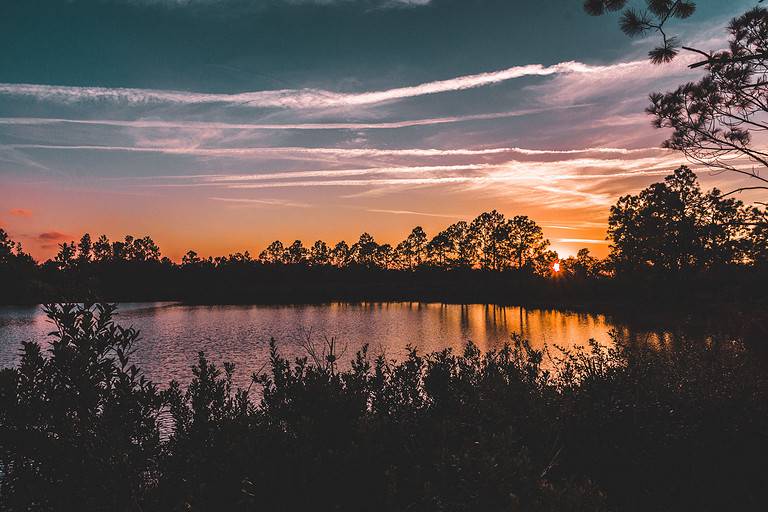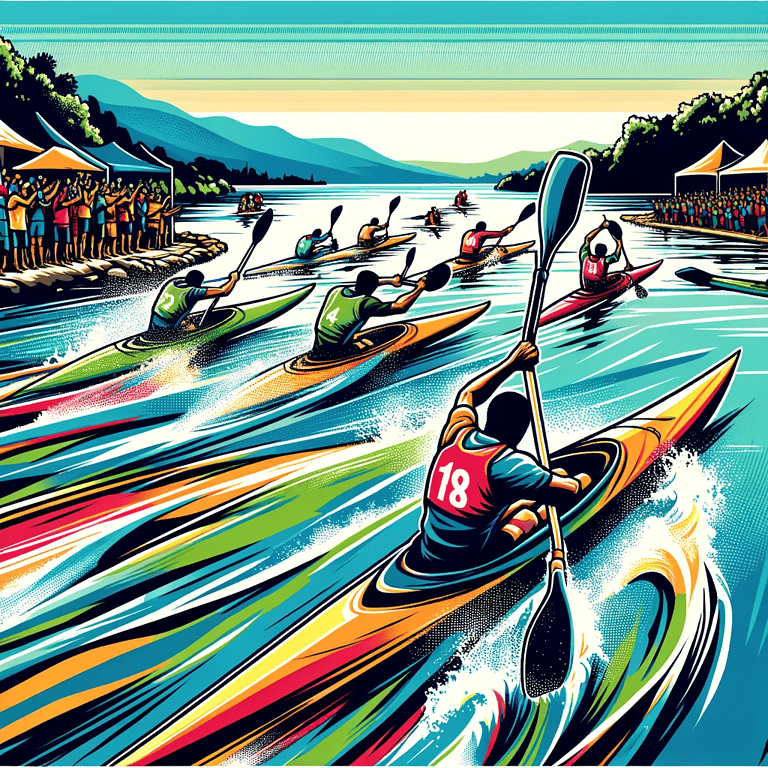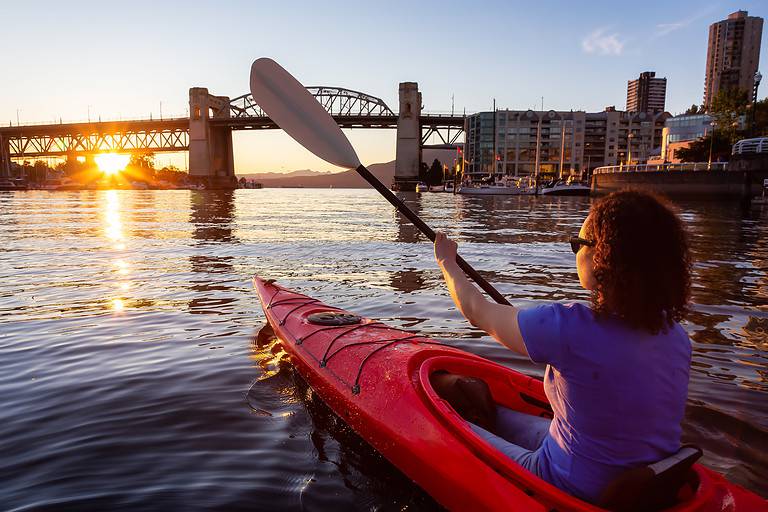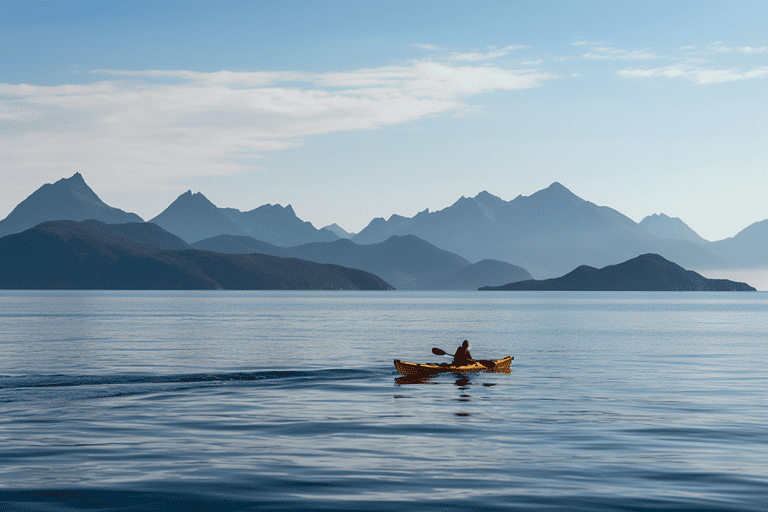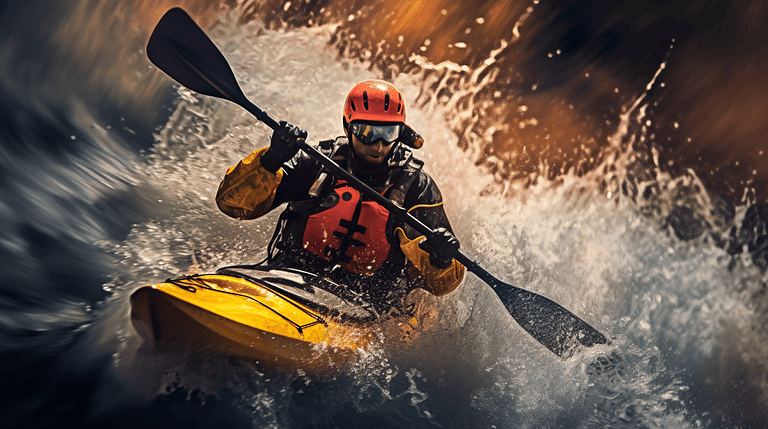How To Use Of A Folding /Grapple Anchor With A Kayak
If you’re a kayaker who enjoys exploring new bodies of water and want to know how to use a Folding /Grapple Anchor With A Kayak, then it’s likely that you’ve encountered situations where you need to anchor your kayak. Anchoring can help keep your kayak in place and prevent it from drifting away, making it easier to fish or take pictures. However, not all anchors are created equal, and using the wrong type of anchor can be frustrating and even dangerous. That’s why many kayakers choose to use a folding/grapple anchor.
A folding/grapple anchor is a type of anchor that is specifically designed for use with small boats like kayaks. It’s lightweight, compact, and easy to store on board your kayak when not in use. When deployed correctly, a folding/grapple anchor can provide excellent holding power in various conditions, from shallow water to strong currents. In this article, we’ll explore the benefits of using a folding/grapple anchor with your kayak and give you some tips on choosing the right one for your needs.
Key Takeaways
- Folding/grapple anchors are designed for kayaks and provide excellent holding power.
- Properly attaching and deploying the anchor is crucial for safety and stability.
- Choosing the right size and weight of the anchor based on the water conditions is important.
- Cleaning, inspecting, and storing the anchor properly extends its lifespan and ensures successful use.
Understanding the Benefits of Using a Folding/Grapple Anchor with a Kayak
You’ll be hooked on the convenience of using a folding/grapple anchor with your kayak, making your adventures smoother than paddling through butter. Using this type of anchor includes improved stability and control over your vessel. With the proper techniques, you can quickly secure yourself in a place to enjoy fishing or take in the view without worrying about drifting off course.
In addition to improving your kayaking experience, using a folding/grapple anchor also promotes safety by reducing the risk of collisions with other watercraft or shoreline obstacles. By anchoring securely in one spot, you can avoid getting swept away by strong currents or wind gusts that could otherwise cause dangerous situations. Choosing the correct type of folding/grapple anchor for your kayak is essential to ensure maximum effectiveness and compatibility with your vessel’s size and weight.
Choosing the Right Type of Folding/Grapple Anchor for Your Kayak
To ensure the ideal fit, it’s important to consider the size and weight of your vessel when selecting a collapsible anchor for your kayak. Here are some factors to keep in mind when choosing the suitable folding/grapple anchor:
- Weight: Ensure the anchor is lightweight enough to carry comfortably while paddling.
- Material: Look for an anchor made from durable materials like galvanized steel or aluminum that can withstand different environments.
- Holding power: Consider how much holding power you need based on the type of water you’ll be kayaking in.
Choosing the suitable folding/grapple anchor for your kayak requires thoughtful consideration. You understood the benefits of using a folding/grapple anchor in different environments. Now that you have chosen your ideal folding/grapple anchor, let’s move on to adequately attaching and deploying it for optimal use during your kayaking adventure.
Properly Attaching and Deploying Your Folding/Grapple Anchor
When attaching and deploying your collapsible anchor, it’s essential to remember your gear’s weight distribution and adjust accordingly for optimal stability on the water. Select a secure attachment point on your kayak, such as a strong pad eye or grab handle. Attach the anchor line to this point using a bowline or secure knot that won’t slip under tension.
Next, deploy the anchor by lowering it overboard with the appropriate amount of line based on the water depth you’re in. Allow enough scope so the anchor can properly set itself into the bottom substrate, preventing unnecessary drag while you fish or enjoy other water activities. Once you’re finished, carefully retrieve your folding/grapple anchor to avoid damage to your kayak and equipment. With these proper techniques for attaching and deploying your folding/grapple anchor, you can safely enjoy all sorts of aquatic adventures without worry.
Maintaining and Storing Your Folding/Grapple Anchor
After using your folding/grapple anchor, it is important to clean and dry it thoroughly to prevent corrosion and rust. Store the anchor properly by ensuring it is completely dry before stowing it away. Inspect the anchor for any signs of wear and tear, such as frayed ropes or bent prongs, which could compromise its effectiveness in the future. Remember that proper maintenance will prolong the life of your folding/grapple anchor and ensure that it performs optimally on every use.
Cleaning and Drying the Anchor After Use
Remember to thoroughly clean and dry your folding/grapple anchor before storing it away after a day on the water! Here are three steps you can follow to ensure your anchor stays in good condition:
- Rinse the anchor with fresh water to remove any salt or debris accumulated during use. Use a soft-bristled brush if necessary to remove stubborn dirt.
- Dry the anchor entirely with a towel or let it air dry in a well-ventilated area. Ensure no moisture is left on any part of the anchor, including the folds and crevices.
- Inspect the anchor for any damage or wear and tear before storing it away. Look for signs of rust, corrosion, or frayed rope.
By following these simple steps, you can prolong the life of your folding/grapple anchor and avoid costly repairs or replacements. Once you have cleaned and inspected your anchor, it’s time to store it properly to prevent damage when not in use.
Storing the Anchor Properly to Avoid Damage
To keep your anchor in tip-top shape and ready for your next adventure, it’s essential to store it properly. Storing the anchor correctly will prevent rust and ensure it remains in good condition for future use. The best storage practice is to rinse the anchor with fresh water after each use and dry it thoroughly before putting it away.
When storing the anchor, please keep it in a cool, dry place and avoid leaving it exposed to sunlight or moisture. You can also consider using a protective cover or bag to protect the anchor from damage during storage further. By following these best practices, you can prolong the life of your folding/grapple anchor and have peace of mind knowing that it will be ready for your next kayaking adventure.
In addition to proper storage, inspecting the anchor for wear and tear is crucial before heading out on your next trip.
Inspecting the Anchor for Wear and Tear
Before heading out on your next adventure, closely examine your anchor to ensure no visible wear and tear. Inspecting the anchor thoroughly before use can help prevent any accidents or malfunctions on the water. Here are some tips for studying your folding/grapple anchor:
- Check for any cracks or breaks in the metal
- Look for signs of rust and corrosion
- Ensure all moving parts are functioning properly
It’s important to note that cleaning your anchor after each use can also help prevent rust and damage. By rinsing off any saltwater or debris, you can extend the lifespan of your anchor and ensure it stays in good condition. Now that you know how to inspect and care for your folding/grapple anchor, let’s move on to some tips and tricks for using it with your kayak.
Tips and Tricks for Using a Folding/Grapple Anchor with Your Kayak
When using a folding/grapple anchor with your kayak, you’ll want to remember some helpful tips and tricks. First off, make sure that you have secure storage for your folding anchor. It’s essential to prevent any damage or wear and tear from occurring during transport or storage. You can use a bag designed explicitly for anchor storage or wrap it with a towel before placing it in your kayak.
When retrieving the grappling anchor, it’s best to do so slowly and carefully. This will help avoid sudden movements that could cause your kayak to tip over. Remember that the grapple anchor’s prongs may get caught on rocks or other debris, so be prepared to wiggle them loose if needed gently. By following these simple tips and tricks, you can ensure the safe and successful use of your folding/grapple anchor with your kayak.
Conclusion
In conclusion, using a folding/grapple anchor with your kayak can significantly improve your overall kayaking experience. By providing stability and security in rough waters, you can have peace of mind while exploring the ocean’s depths or navigating through strong currents.
When choosing the right type of folding/grapple anchor for your kayak, it is essential to consider factors such as weight, size, and material. Properly attaching and deploying your anchor will also ensure its effectiveness in anchoring you. Remember always to maintain and store your anchor correctly to ensure its longevity.
With these tips and tricks, you can confidently use a folding/grapple anchor with your kayak on any adventure. So gear up, hit the water, and let the anchor be your steady companion as you embark on new and exciting journeys.

